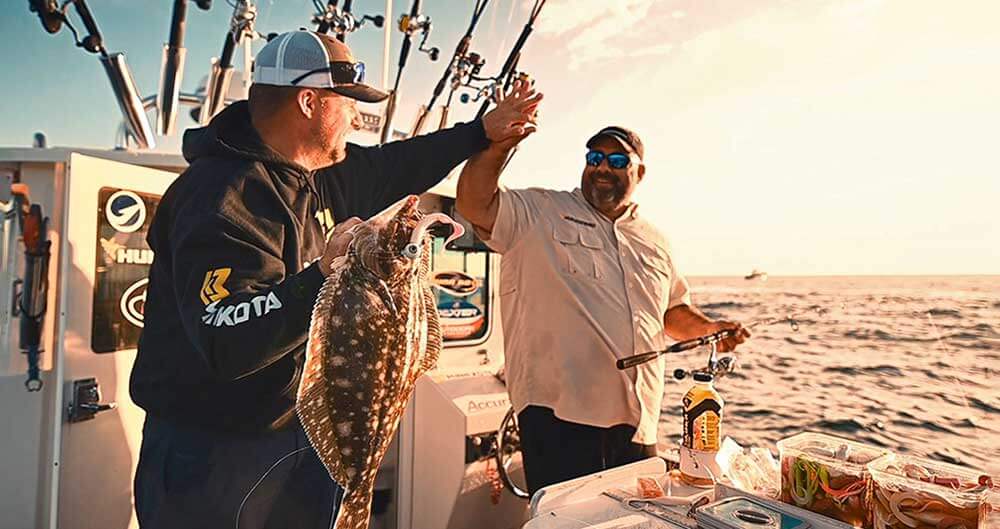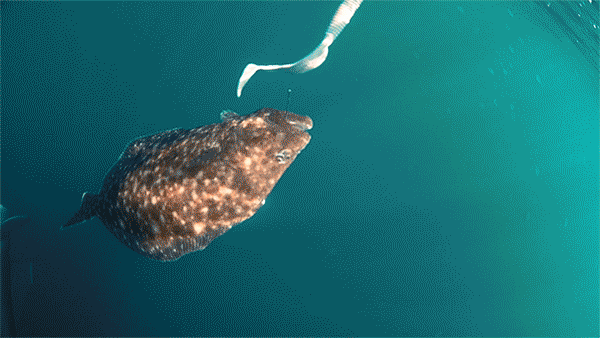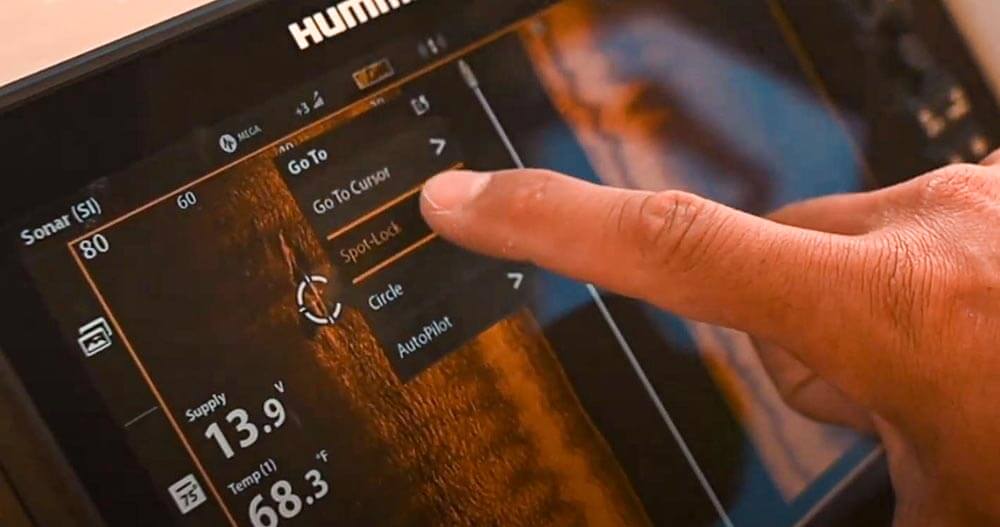Locked on Fluke Fishing: How to Put More Fish in the Boat
The chase for trophy fluke / flounder and the importance of boat control
The five-man fishing team that comprises Team El Nino has been pounding Northeast coasts for 15 years. Regardless if they're fishing for fun or for tournament success, they're always on fish and they always finish as one of the top teams. Their first-place finish in the 2019 Flounder Pounder Open cemented them as leading anglers in the fluke fishing game.

There are few species in the world where boat control is the most important key to catching than fluke or flounder. Capt. Nino Aversa of Team El Nino has adopted new ways to position their boat in different scenarios and fisheries to be competitive in tournaments and the average day on the water.
El Nino's home waters of New Jersey are known as featureless expanses of bottom punctuated with artificial cover that holds the majority of fish "We grew up fluke fishing man-made structure such as sunken shipwrecks, army tanks, decommissioned railroad cars, and ballast dumps." says Nino Aversa of Team El Nino Fishing.
"How we fish these areas is very different than the free-drift approach most fluke fishermen use. Our team's success comes from using NJ fluke fishing tactics and applying them all over the coast." added Aversa.
Locked on Doormat Fluke
The team's 2015 Parker 2320 SC is equipped with a Minn Kota Riptide Ulterra trolling motor, which features i-Pilot® Link™ technology.
While El Nino is dialed-in on jigs, fluke rigs and tackle, the single most important tool in their arsenal could well be their trolling motor. The dry weight of their hull runs 4,100lbs, add engine, fuel tackle, and anglers and the wet weight reaches into the 7,000lb mark. Even so, the Ulterra keeps the famed fluke men right over the structure that holds fish.

This saltwater trolling motor offers GPS anchor technology, Spot-Lock®, allowing Team El Nino to hold their boat in position as they pick apart each piece of structure they encounter.
Holding to a tight area of those structures offers fluke fishermen distinct advantages over the average angler. Stopping or slowing your boat keeps lines vertical with less scope, resulting in less break offs. Team El Nino's jigs vertically bounce in and out of cover in opposed to being dragged horizontally through and over it.
Spot-Lock in combination with the Spot-Lock Jog function allows their baits to remain in the strike zone longer than others free-drifting along while targeting fluke. A single piece of cover can be picked apart for several minutes whereas other boats only have seconds as they drift by at the mercy of currents, winds and tides.

At the press of a button, Team El Nino can keep a 3-foot diameter spot directly over the structure they know has fish. No matter what happens with the conditions – even the dreaded wind against tide, the team holds right one spot they choose.
"That's why the Riptide Ulterra trolling motor was incredibly important to our success. Once we found fish-holding structure, we'd use Spot-Lock and Spot-Lock Jog to navigate and pick apart the entire structure where these fish are usually holding."
Spot-Lock Jog allows anglers to lock down on a spot and finetune their boat positioning by moving in 5-ft increments in any direction – ideal for picking apart large and small pieces of isolated structure.
Creating or slowing your drift while fluke fishing

Finding the proper drift speed is important when fluke fishing. There are times when the angler must cover water slower than the ocean current and there are times to move faster.
Utilizing the Minn Kota's Autopilot feature, Team El Nino is able to combat both of these scenarios.
Minn Kota's AutoPilot capability allows you to choose a course heading and stay on it. Just point the trolling motor head in the direction you want to go, hit a button, and the boat will stay on that course while the trolling motor corrects for wind, waves, and current.

"A slack tide used to be a big issue for us. "It's normally when boats stop fishing and eat lunch, waiting for the tides to change and create some movement." says Aversa.
Since adding a Minn Kota to their boat, the team has utilized its Autopilot feature to develop a power drifting technique where the trolling motor pulls the boat. Once the ideal drift speed is found, the motor is set in a cruise control mode which takes into account wind changes that could speed or slow their desired drift.
In heavy wind or fast current, it's advantageous to slow down and keep baits in high percentage areas longer with lines more vertical to resist snagging. This is also done using the Autopilot function, facing the motor into the wind at a low power setting. This creates a slide effect as the boat moves backward in a slow and controlled fashioned through the most productive fluke grounds.
Connectivity for Productivity
Their Minn Kota utilizes i-Pilot Link, which allows them to control their trolling motor from their Humminbird fish finders, the i-Pilot Link remote or the mobile app.
By connecting their Humminbird Electronics and Minn Kota trolling motor, they open a world of fishing opportunities. They have the ability to mark a waypoint on their Humminbird SOLIX, tap it, and tell the trolling motor to take them there and anchor itself on top of that waypoint. Talk about simplicity.

"By having the SOLIX units linked directly to the trolling motor, I'm able to run MEGA Side Imaging®, mark the structure, and then deploy our Riptide Ulterra® trolling motor and go directly back to the structure right from the cockpit." says Capt. Nino Aversa.






